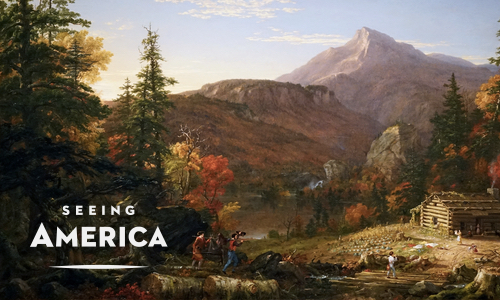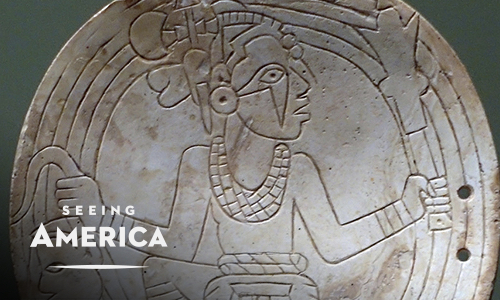Help your students explore works of art as primary documents.
Who are “We the People” (today) and who have “We the People” been (over the past millennium)? The close study of art can do much to answer this question, but one must proceed with extreme caution. Traditionally, the study of the art made in North America has largely involved the examination of painting and sculpture commissioned by the only group affluent enough to pay for such works: wealthy white men.





